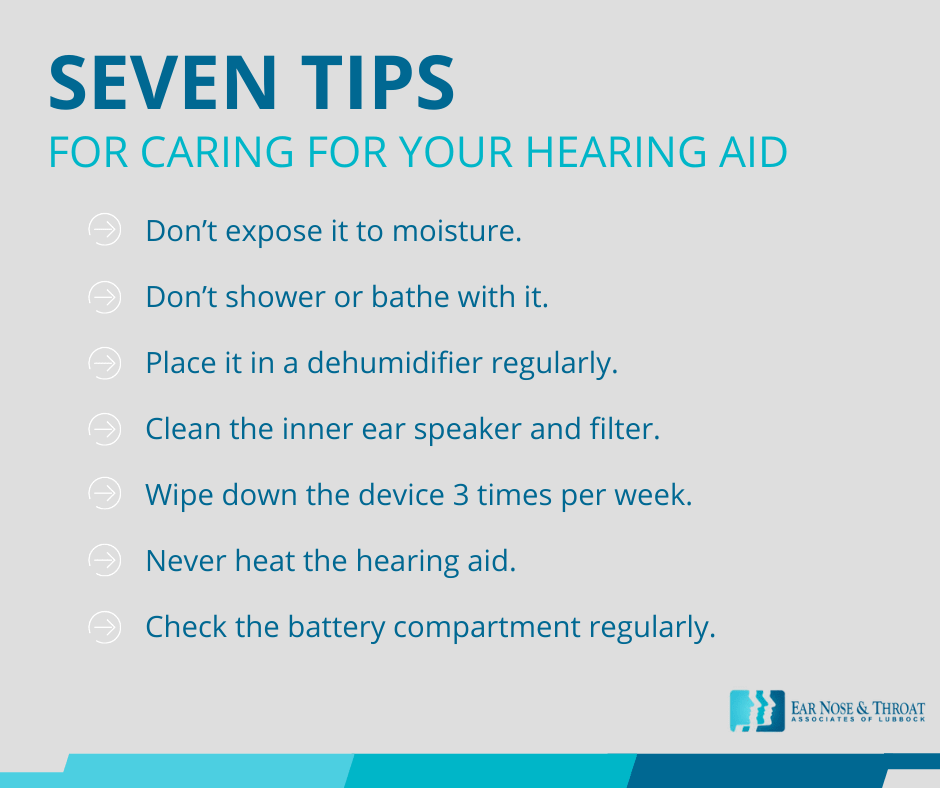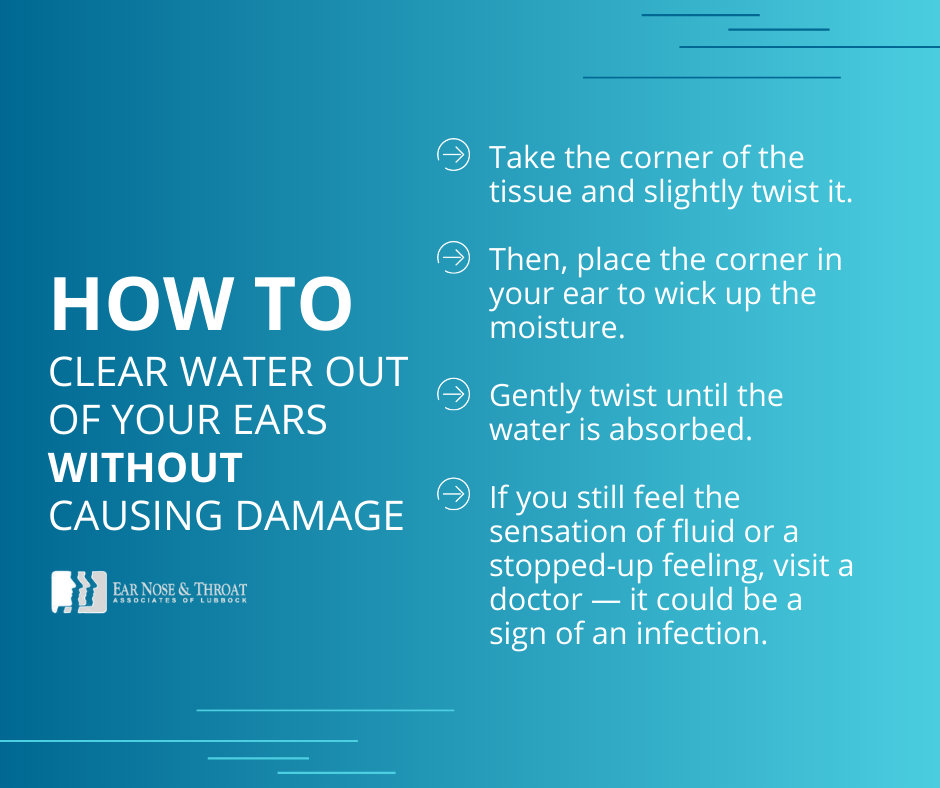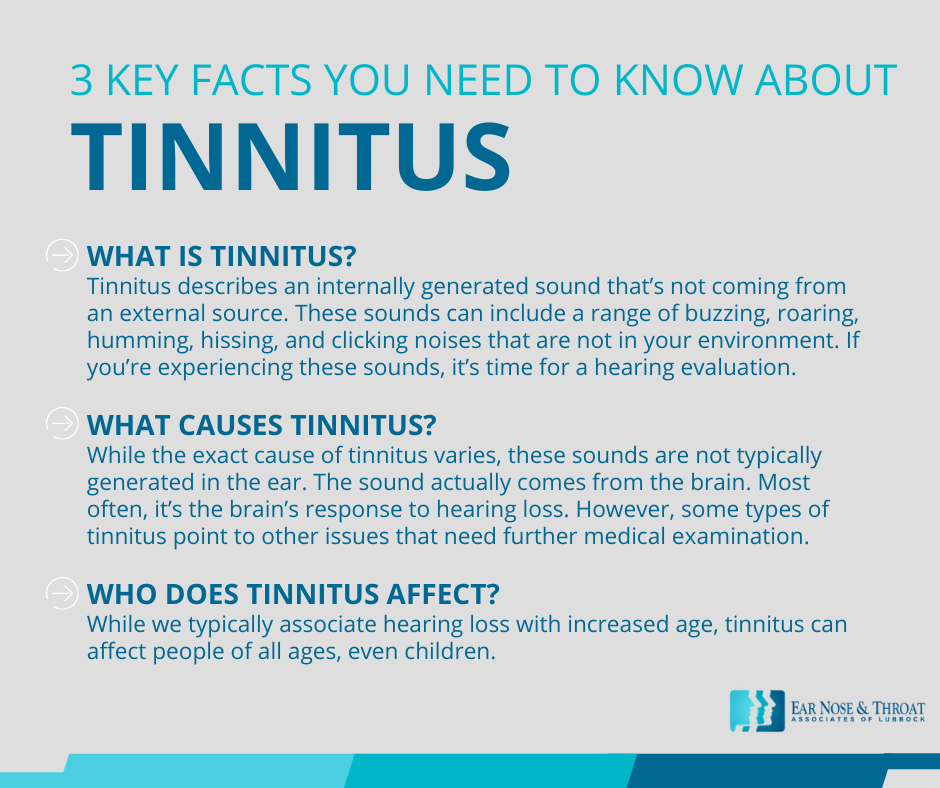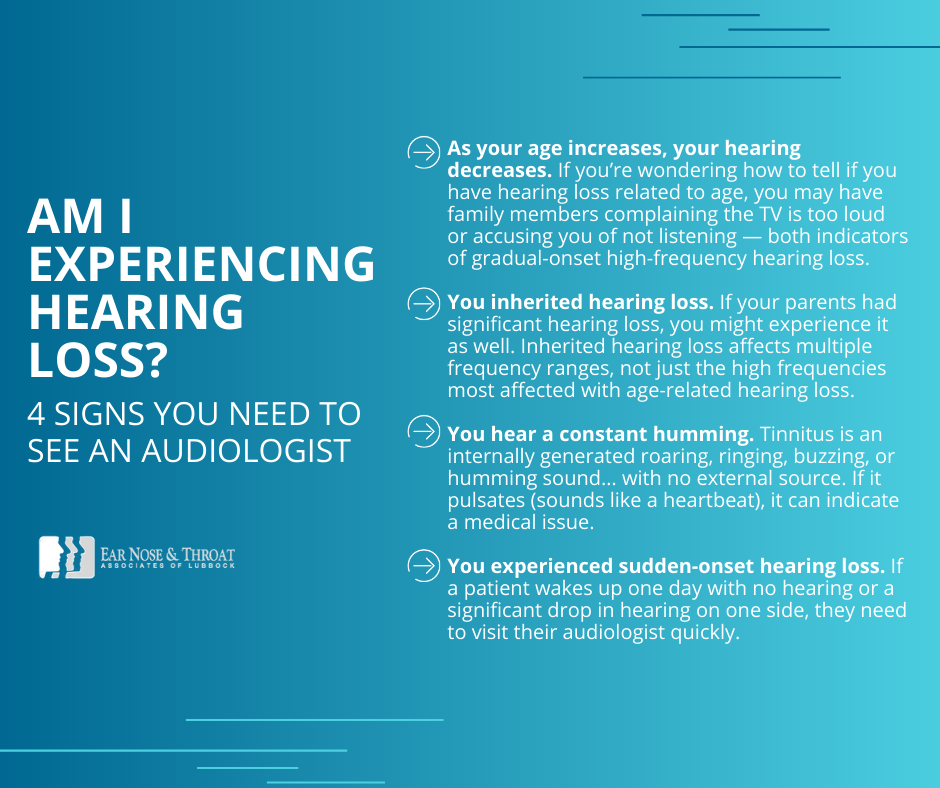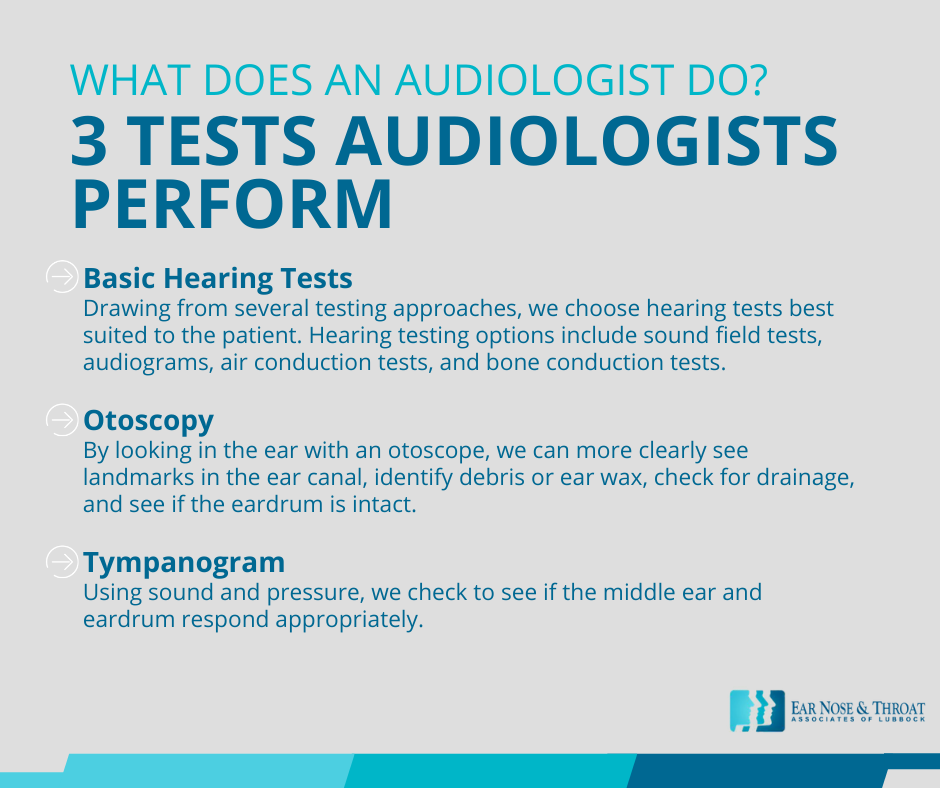Choosing a hearing aid feels like a major decision. After all, you want to invest in a device that will help you re-engage with the world around you as seamlessly as possible.
For many, the best option is an open-fitting hearing aid. This is a type of “receiver-in-the-canal” (also known as “receiver-in-the-ear”) hearing device that allows for more sound to enter and exit the ear, making listening with a hearing aid just a little more natural. Here’s how it works.
What is an Open-Fitting Hearing Aid?
An open-fitting hearing aid is an adaptation of the “receiver-in-the-canal” device. Like most hearing aids, a unit fits on the back of the ear and connects to a receiver inside the ear by a wire. The speaker wire delivers the sounds into the ear canal. We then fit a dome within the ear.
“Open-fit” describes the piece we attach to the wire within the ear canal. This piece, called a dome, is crafted with vents so the ear doesn’t feel closed up. We also place the dome to be less occluding in the ear canal.
Advantages of an Open-Fitting Hearing Aid
Open-fitting hearing aids allow people to hear sounds more naturally. While no hearing aid sounds 100% natural, the vents and placement of an open-fitting hearing aid help improve the quality of the sound.
Because the ear canal isn’t blocked, people hear sounds similar to the way they did before their hearing began to fade. When the ear canal is blocked, your own voice can sound like you’re in a well — it has an echo. By opening up the ear, lower frequency sounds come in and out naturally and improve the quality of sound. This incorporation of natural sounds allows patients to adapt a little easier.
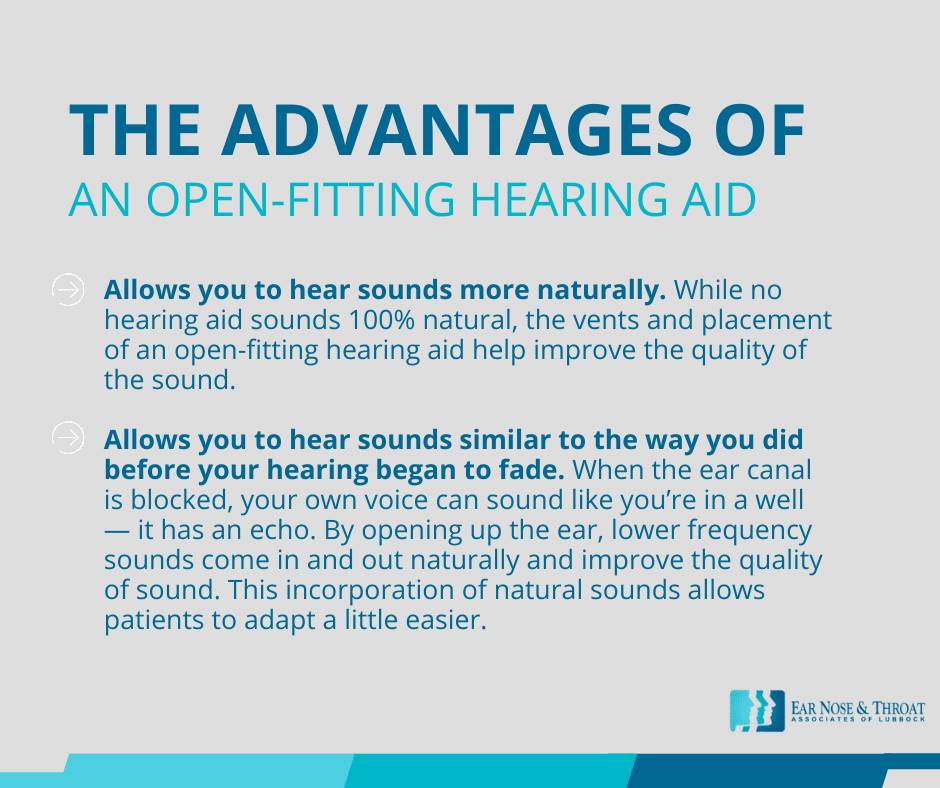
Disadvantages of an Open-Fitting Hearing Aid
While an open-fitting hearing aid works best for most patients, there is a potential need for adjustments or extra care in some cases.
If you have severe high-frequency hearing loss, there’s a chance you’ll hear feedback with an open-fit device. This occurs because of the vents or holes in the inner earpiece. Because these vents are supposed to make hearing more natural, they allow sound to escape. When the sound leaks out of the ear through the vents, it can be re-amplified by the hearing aid itself.
For some, the hearing aid whistles when they’re in close contact with others. If this occurs, we need to change the programming or replace the open-fit dome to improve sound retention.
Patients experiencing drainage in the ear may find cleaning to be more cumbersome. An open-fit and other receiver-in-the-ear style hearing aids require extra cleaning with any type of ear drainage.
Does An Open-Fitting Hearing Aid Work for Everyone?
Depending on the type of hearing loss, someone may or may not be a candidate for an open-fitting hearing aid. However, it’s usually our first choice for a majority of patients needing a hearing device.
Related: 4 Signs You Need to See an Audiologist
If you have fairly good hearing in the lower frequencies but are experiencing moderate hearing loss in the mid-to-high frequencies, an open-fitting hearing is often a good option. Those with higher-frequency hearing loss are usually bothered by the occlusion effect of hearing aids. Open-fitting domes allow us to minimize the feeling that the ear is blocked.
If hearing loss is severe in the high-frequency range, the open-fitting device may have problems with feedback, depending on the patient’s ear shape and size. If this occurs, your hearing aid specialist may be able to find a better fit. Hearing aids have a variety of domes, tips, and sizes that we select for patients. There’s a generic size, but we can choose variations of vent size, tiers to the dome, and shapes to better fit the patient’s hearing loss, hearing needs, and ear canal shape and size. It’s all customizable.
However, if you’re experiencing significant low-frequency hearing loss, an open-fitting hearing aid probably isn’t your best option. Instead, we need to plug up the ear to keep the low-frequency sounds inside. Then, we can amplify them properly.
Misconceptions About Open-Fitting Hearing Aids
When you read about open-fitting hearing aids online, you may be intrigued by the promise of the natural sound it delivers. While there is undoubtedly an improvement in the sound quality when you have an open-fit because low-frequency sounds come in and out naturally, no hearing device will deliver 100% natural sound.
All hearing aids use a microphone to detect sound and amplify it through a speaker. While open-fit hearing aids improve the quality of sound, you’re still listening through a hearing aid. Patients typically get used to this over time, but it initially sounds somewhat artificial. Yes, an open-fitting hearing aid produces sound that’s less artificial than other types of hearing aids, but it’s still artificial sound.
What’s Your Next Step?
If you’re interested in seeing if an open-fitting hearing aid is right for you, start by seeing an audiologist. They’ll test your hearing to see if you’re a candidate for hearing aids in general, and can help you know if open-fitting hearing aids would work best with your type of hearing loss.
After an audiologist tests your hearing, you’ll need a hearing aid consultation. During this visit, your audiologist will discuss hearing aids, demonstrate the hearing aid, and allow you to try both open-fit and more occluding-fit domes so you can experience which you’d prefer. By trying out your different hearing aid options, you’ll be able to work with your audiologist to identify which hearing aid manufacturer, type of programming, sound qualities, and ear tips work best for you.
Dr. Thackrey has been providing Audiology services to West Texas residents since 2006. She is licensed in the State of Texas and is a member of the American Speech-Language-Hearing Association (ASHA). She specializes in hearing evaluations of all ages, but is especially skilled in the selection, fitting, programming and servicing of hearing aids. Learn more about Dr. Thackrey




